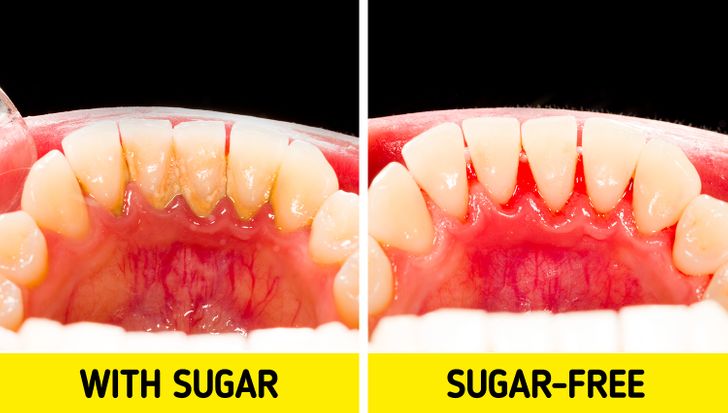On December 28, chewing gum celebrated its 140th anniversary. In 1869, William Sample of Ohio received a patent for chewing gum, that is, a certain combination of rubber with other substances suitable for making chewing gum. However, Sample himself never made chewing gum for sale.
“Speaking about a professional attitude, I do not consider chewing gum as a means of reducing the PH balance in the oral cavity, which is sometimes advertised to us,” said Oleg Yanushevich, chief dentist of the Ministry of Health and Social Development of the Russian Federation, rector of the Moscow State Medical and Dentistry University (MGMSU).
Yanushevich explained that while chewing gum, the salivary glands are activated in the first 2-3 minutes. Saliva contains a large number of systems that balance the state of the oral cavity. Naturally, chewing gum manufacturers grab onto this and say that chewing gum balances the PH balance.
Some manufacturers claim that chewing gum, because it sticks to the teeth, removes plaque (whitish deposits on the teeth along the edge of the gums). However, chewing gum can remove loose plaque, but microbial plaque on teeth can only be removed with a toothbrush or personal hygiene products. Therefore, it is also not correct to say that self-cleaning of teeth occurs when chewing, doctors emphasize.
In the world there are not only chewing gum for teeth. Handgum is a large gum, only odorless and tasteless. It is soft and pleasant to the touch, it can be crumpled and stretched as much as you like. The toy is intended for calming the nerves and just for fun.










